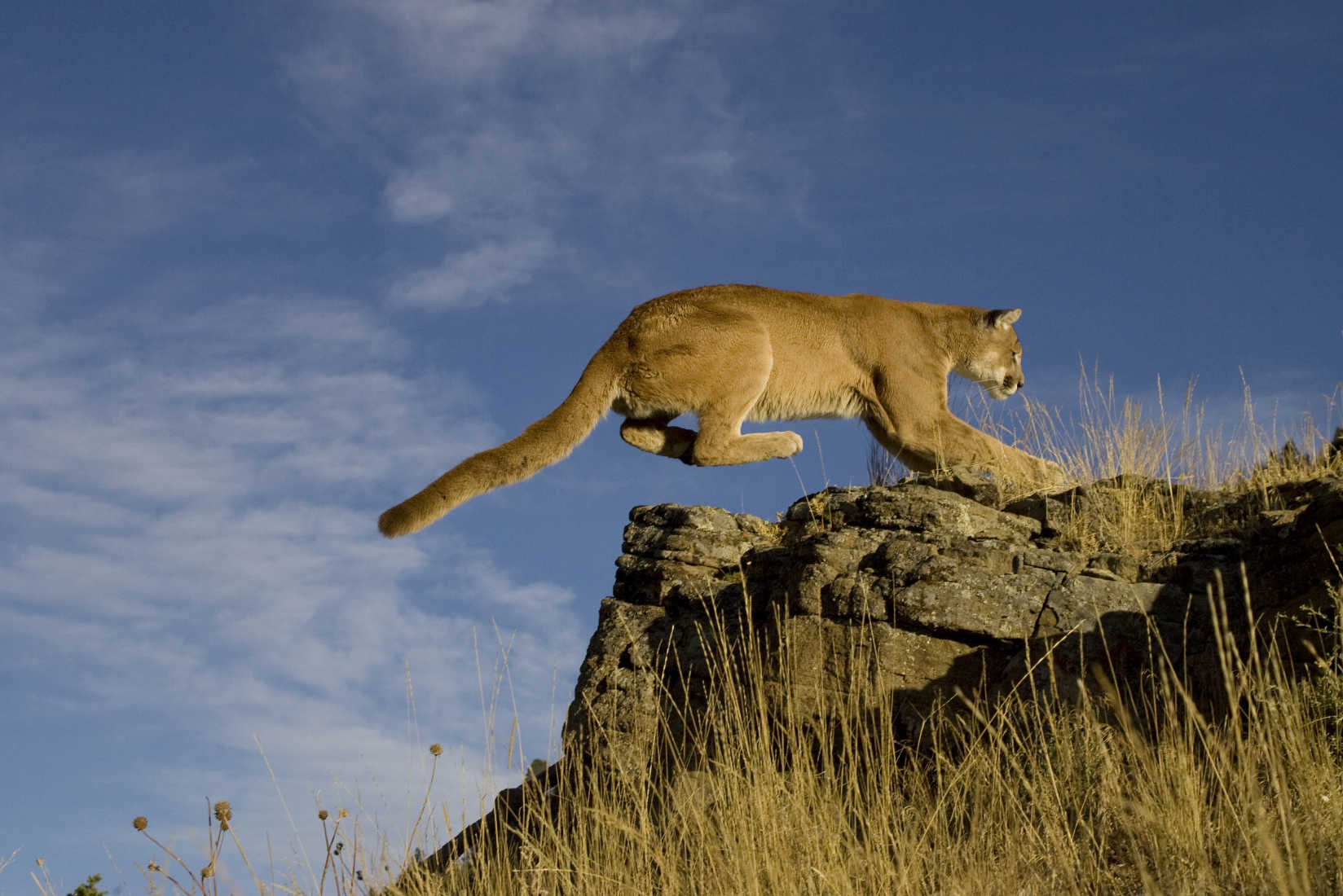By: Randy Tucker
We didn’t want to go home right after practice. We both knew what was waiting for us when we arrived. It was always a chore of some sort, milking one of the Holstein cows, shoveling a few tons of grain, or maybe loading trucks with bales of hay.
My friend Lyle, better known by his nickname Cubby, was a member of the Northern Arapaho tribe. He lived a few miles west of the old high school in Morton, more of a wide spot in the road rather than an official town.
Our place was about the same distance to the east, just off the west shoreline of Ocean Lake.
I had my dad’s 69’ Dodge pickup that afternoon.
We decided to check out the area behind Pilot Butte after track practice at Wind River High School. Pilot Butte is the smallest of three buttes in the agricultural area of Fremont County. Lost Wells Butte, where Butch and Sundance once evaded a posse, lies to the east and Crowheart Butte, where Chief Washakie of the Eastern Shoshone tribe killed a Crow chief back in the 1830s, and, as legend has it, ate his heart, is to the west.
We were doing all the idiotic things a couple of 16-year-old kids do when they’re driving their father’s truck. Sure enough, we found a little sand dune and managed to get it stuck up to the axles.
It was about three miles to the nearest house where the caretaker at the small power plant on Pilot Butte Reservoir lived. He was a friendly guy we’d met many times when fishing the reservoir, and we knew he had a jeep and most likely a chain to pull us out.
It was a warm afternoon in late April; we were high school track athletes, so another three-mile jog didn’t mean much to us.
We took the direct route, over the top of Pilot Butte. There were rattlesnakes in the area, but even with the warm April air, we knew they’d be back in their dens by late afternoon.
As we topped the butte, something moved behind us. We’d kicked up a small cougar as we ran past.
Even a small mountain lion is a big cat, especially when you’re running across open ground in shorts and tennis shoes.
Cubby was a state-champion half-miler; I could outrun him for about 300 yards, and then there was no way I could keep up.
We didn’t debate much, just picked up speed and took off as fast as we could, hurdling sagebrush and skipping over cactus as we ran.
The cat, thank goodness, did the same thing in the other direction.
We soon realized he was as afraid of us as we were of him and slowed down.
The guy at the power plant was home. We told him the story of the cougar, expecting him not to believe us, but he said he’s watched the cat all winter. He’d seen tracks in the snow all along the shoreline and a couple of deer carcasses where the lion made a kill.
He took us back to the Dodge. We hooked the chain to the ball hitch on the back of the truck. He put the jeep in low range 4×4, and the truck eased out.
Neither one of our dads was happy about our arrival home just after dark.
They didn’t mind the story of the big cat, but we both knew we couldn’t make a habit of playing “Wild Kingdom” after practice.
Mountain lions still roam the area, and with the increase in mule deer and whitetail populations in the towns of Riverton, Lander, and Dubois are spotted within the city limits often these days.
We change the environment, but the natural order of predator and prey remains the same.
Randy Tucker is a retired history teacher and freelance writer from western Wyoming. He has a lifetime of experience in farming, ranching, hunting and fishing in the shadow of the Wind River Mountains. Contact him at [email protected].

